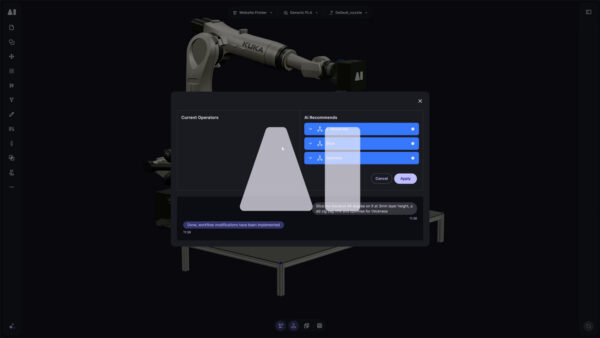Conclusion
The advent of smart toolpathing represents a transformative advancement in large-scale additive manufacturing, addressing challenges related to geometry, material behaviour, and thermal stability. By integrating material properties, hardware capabilities, and application-specific needs into the toolpath design, smart toolpaths enhance print quality, reduce material waste, and improve the reliability of first-run prints. Looking forward, expanding the adaptive capabilities of smart toolpaths—particularly by incorporating real-time feedback from in-situ sensors—will allow for even greater precision and adaptability in AM.
Smart toolpaths are more than just programming for extruders; they represent a significant leap forward, enabling “first-time-right” prints and expanding the possibilities of additive manufacturing technologies.
Acknowledgement
Special thanks to the University of Exeter for organising the High-Performance Polymeric Additive Manufacturing event. We are excited to share future developments as we continue to refine and expand the capabilities of large-scale AM.























